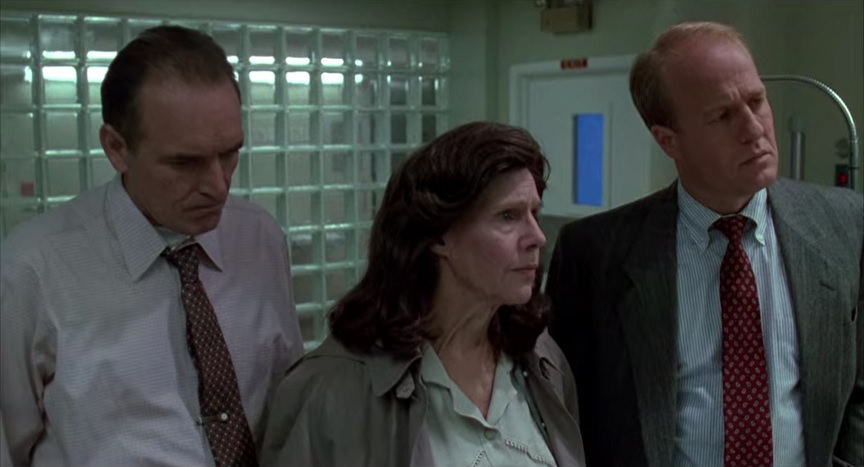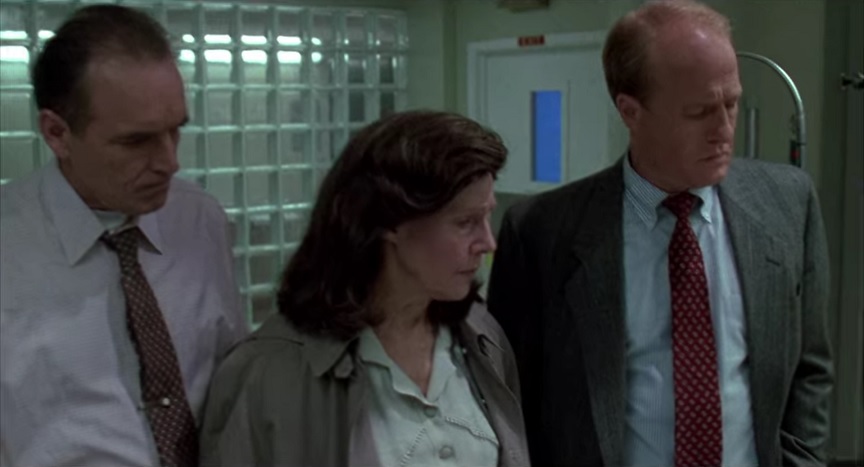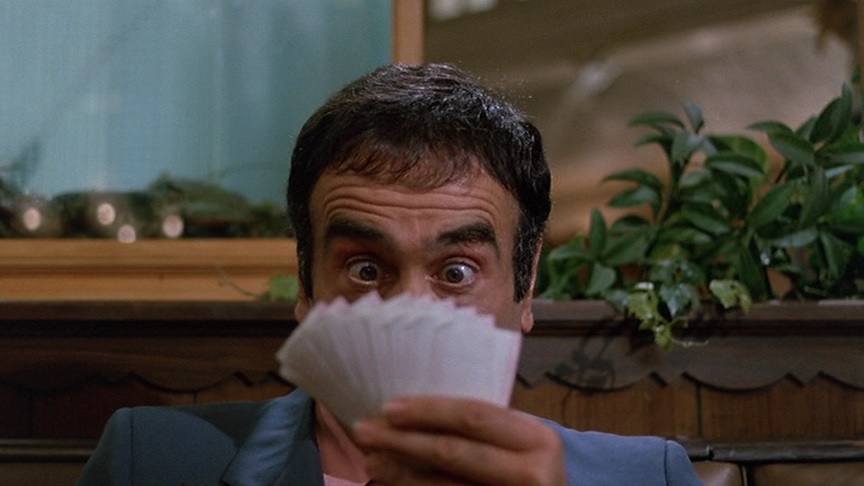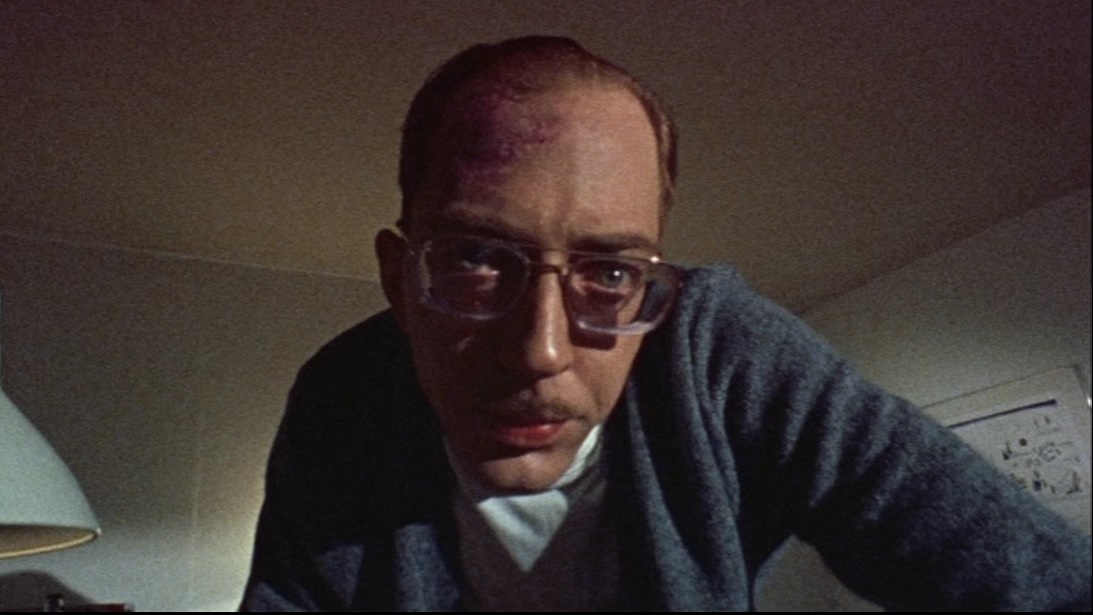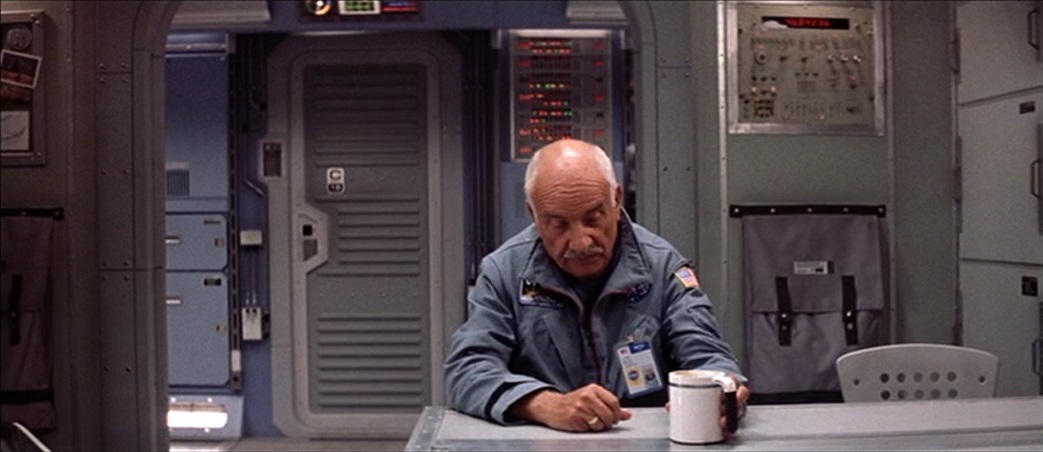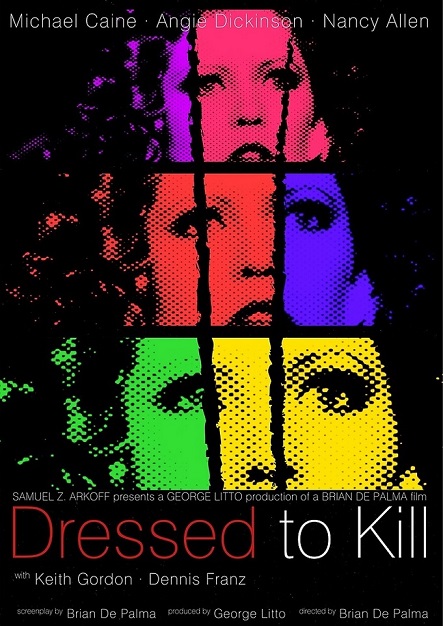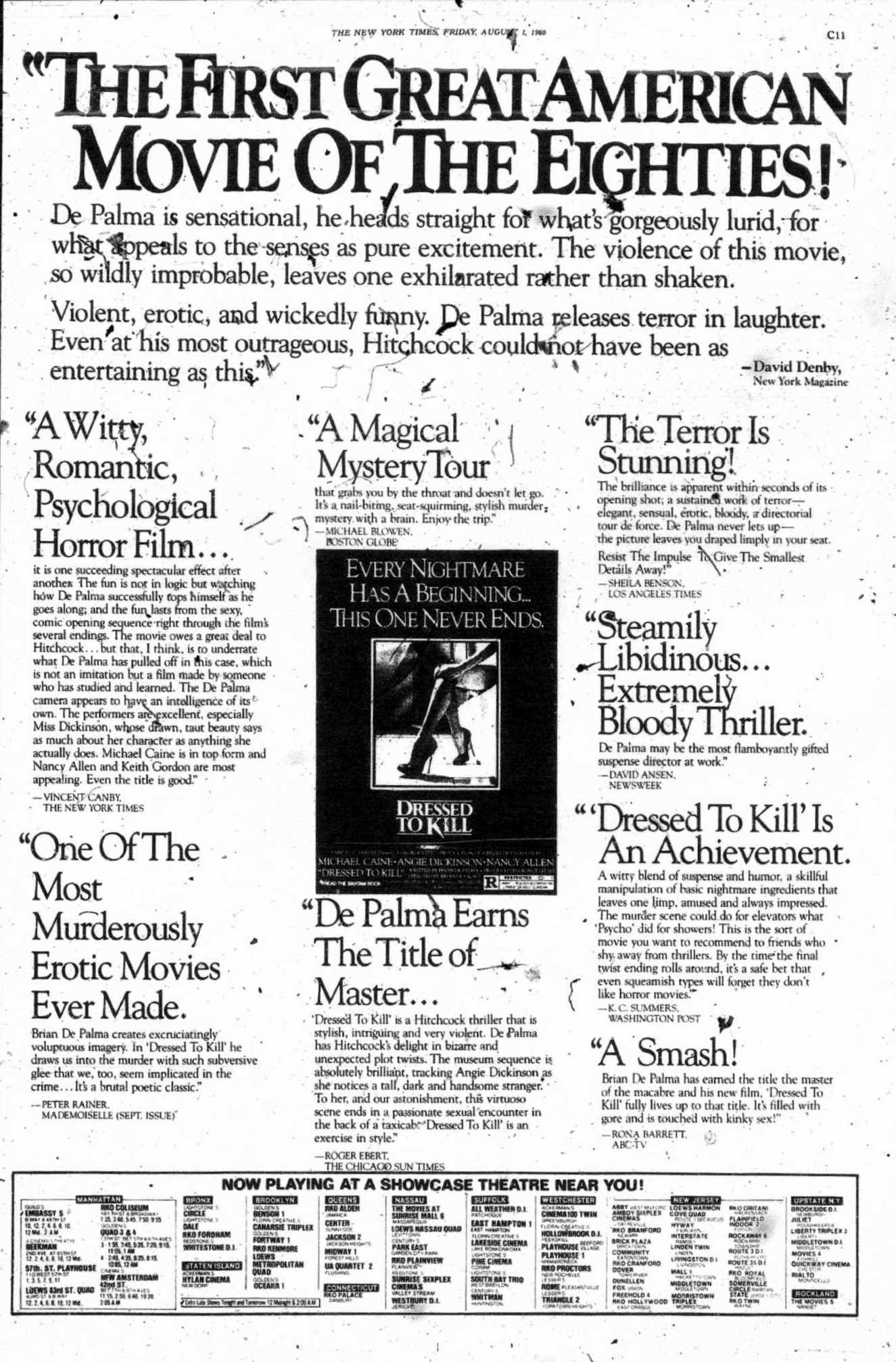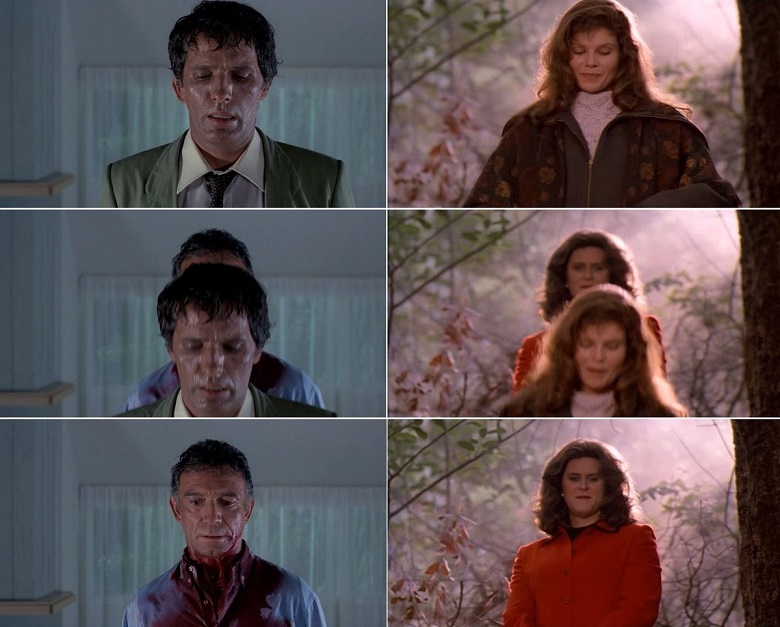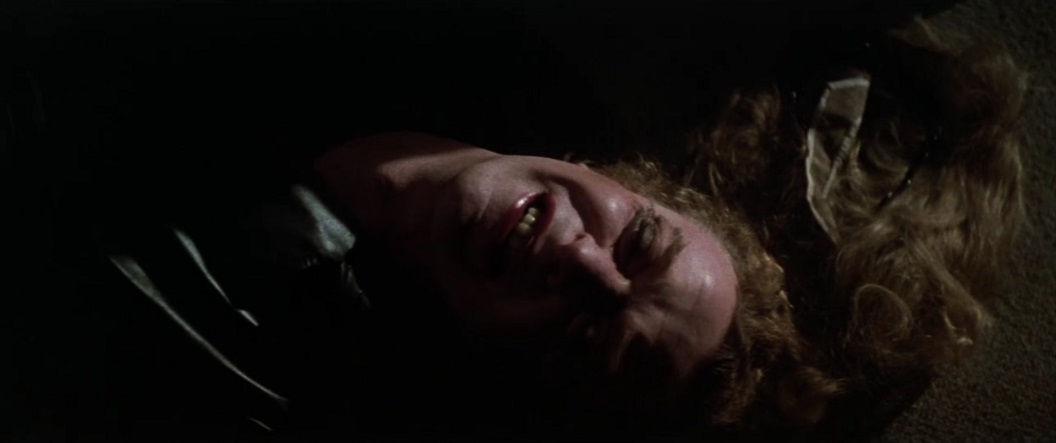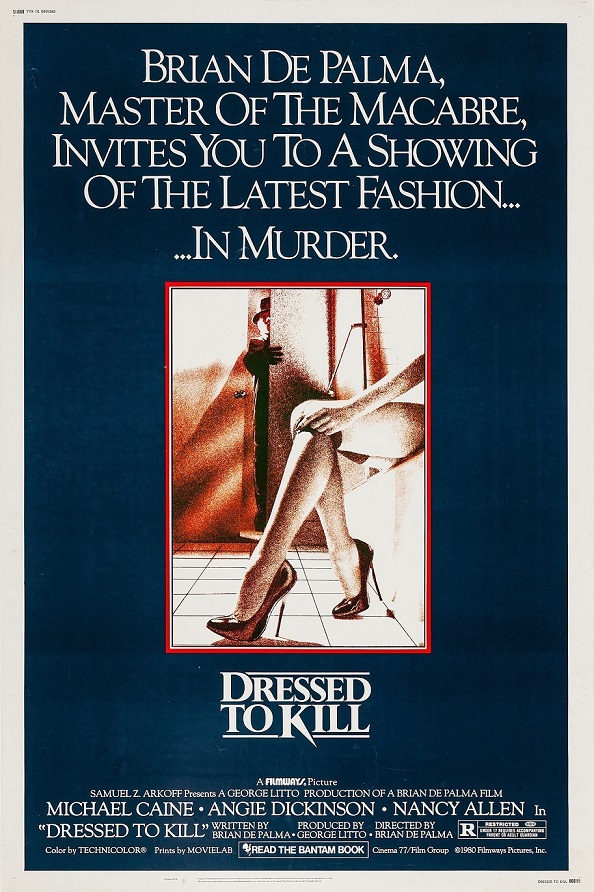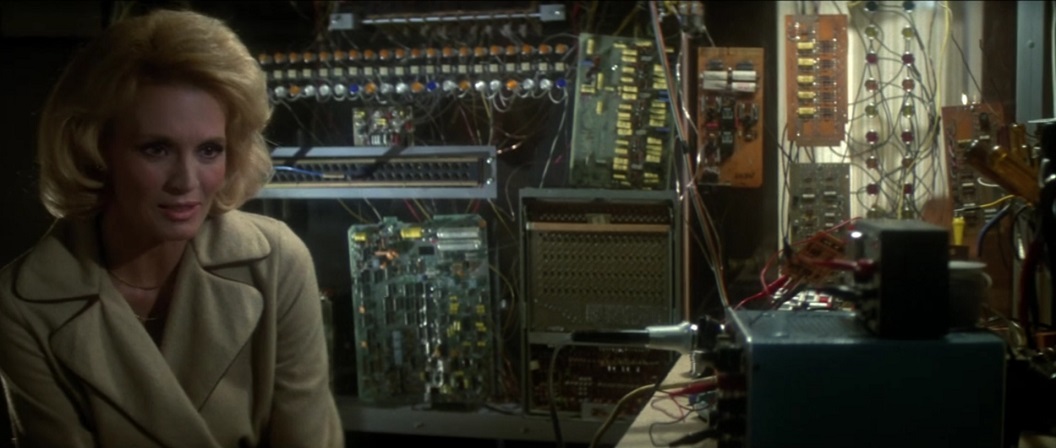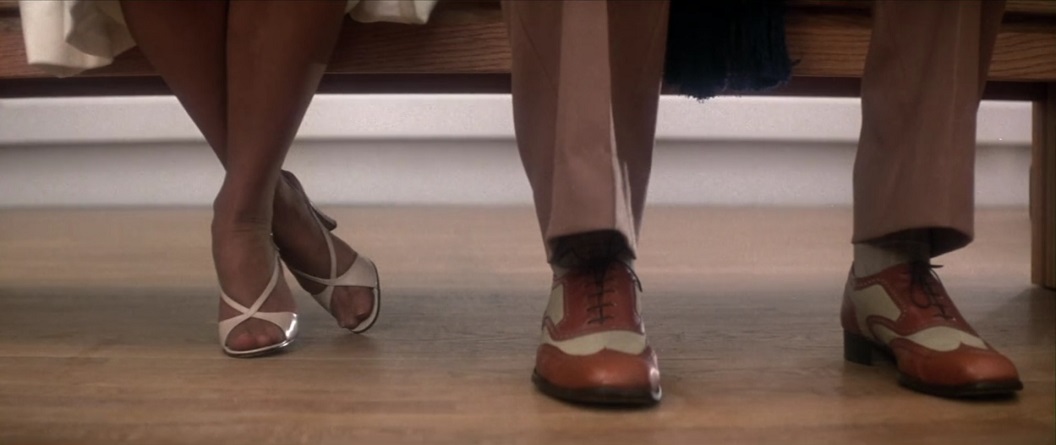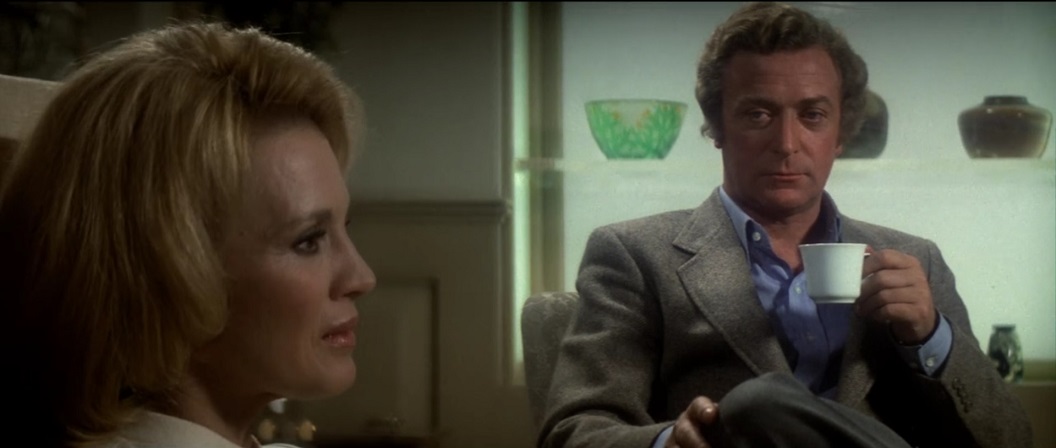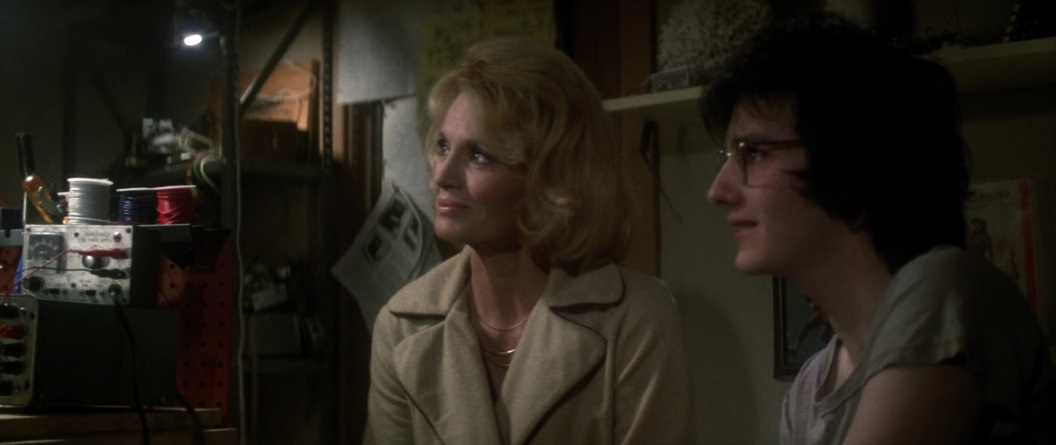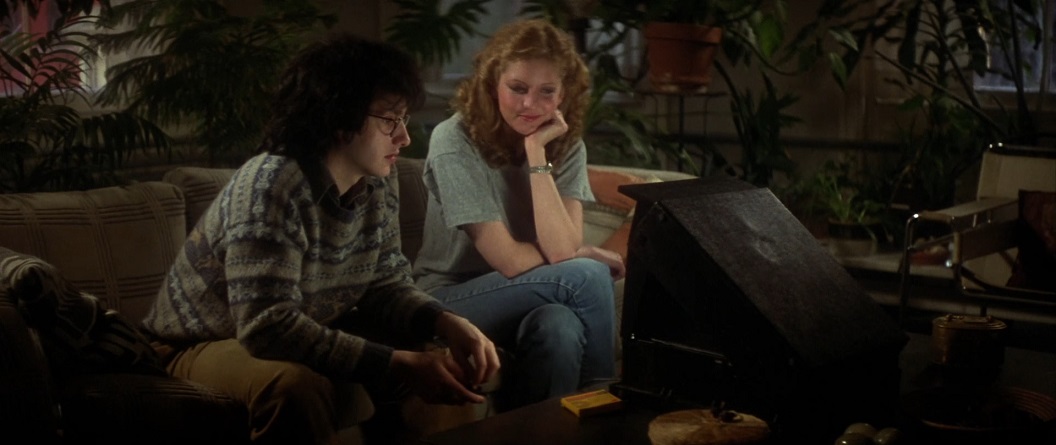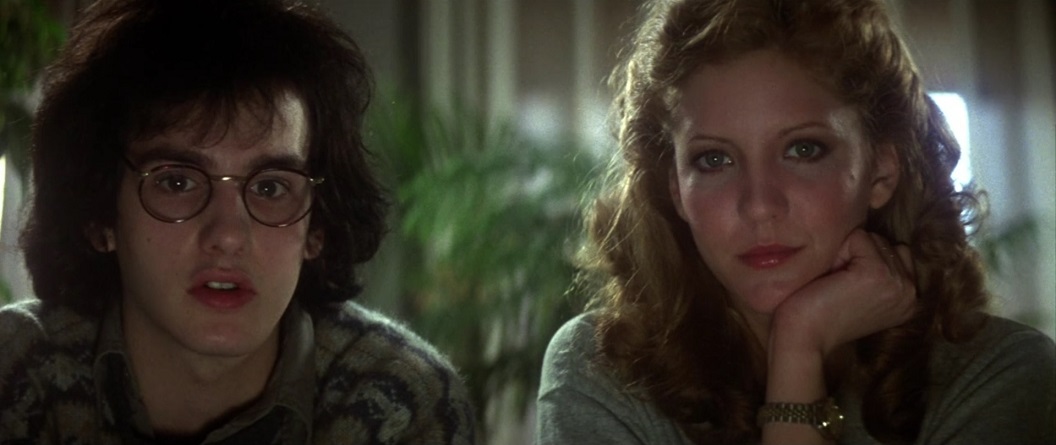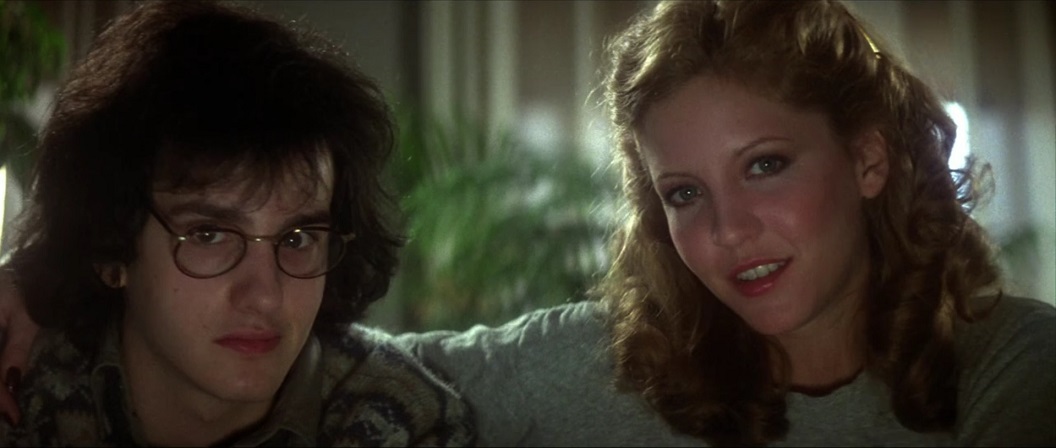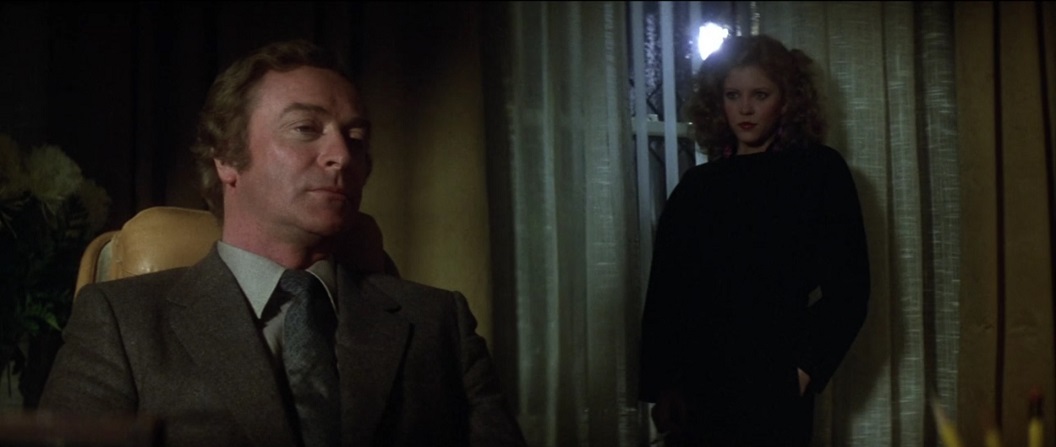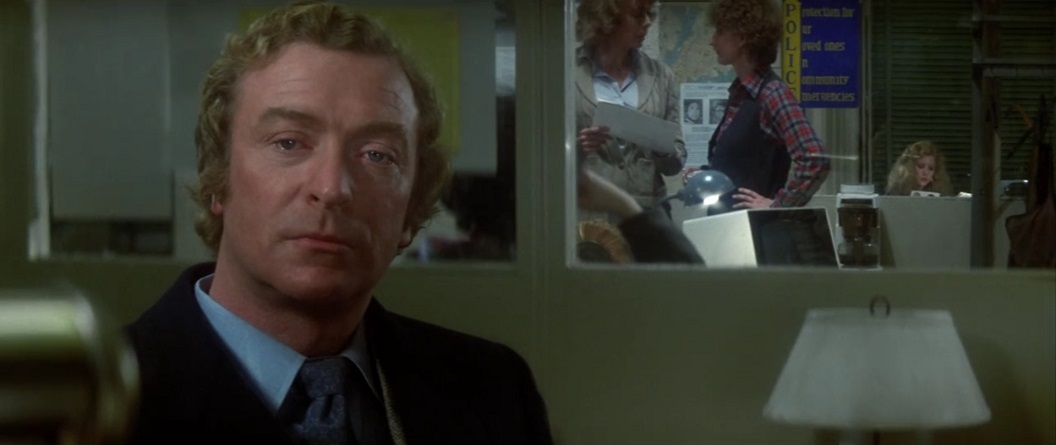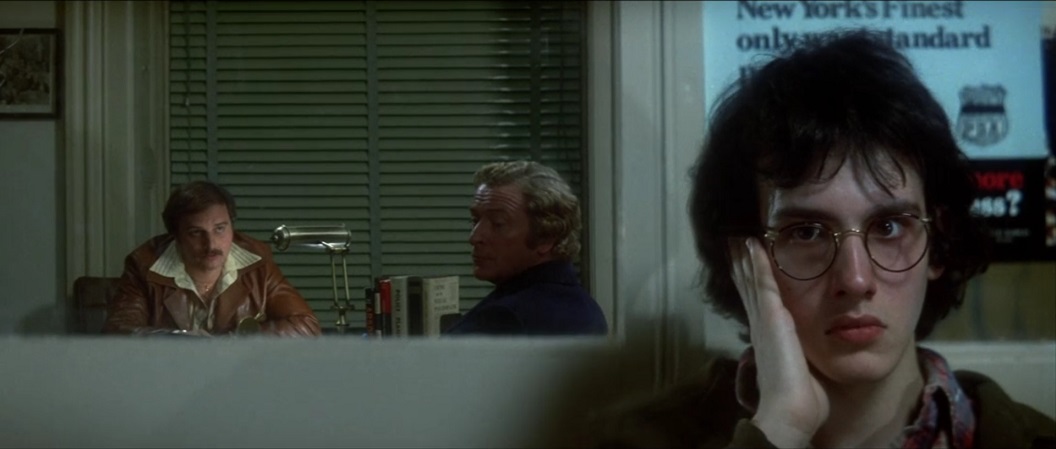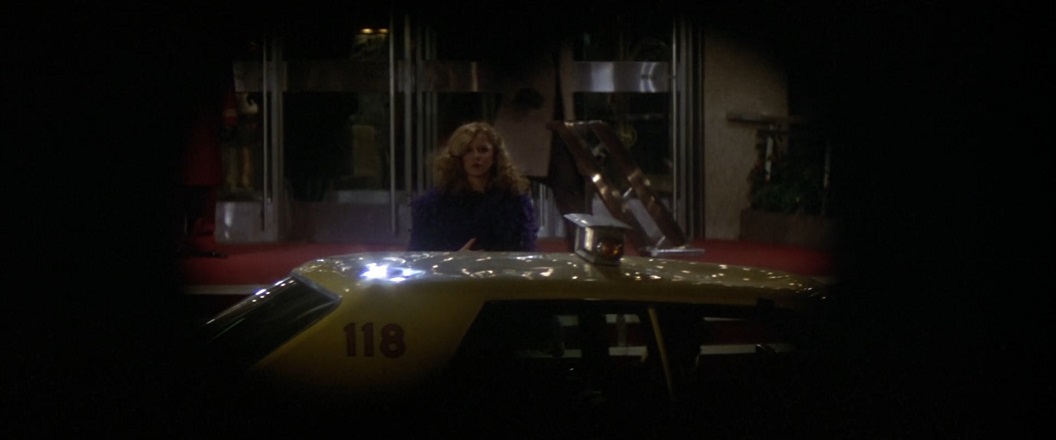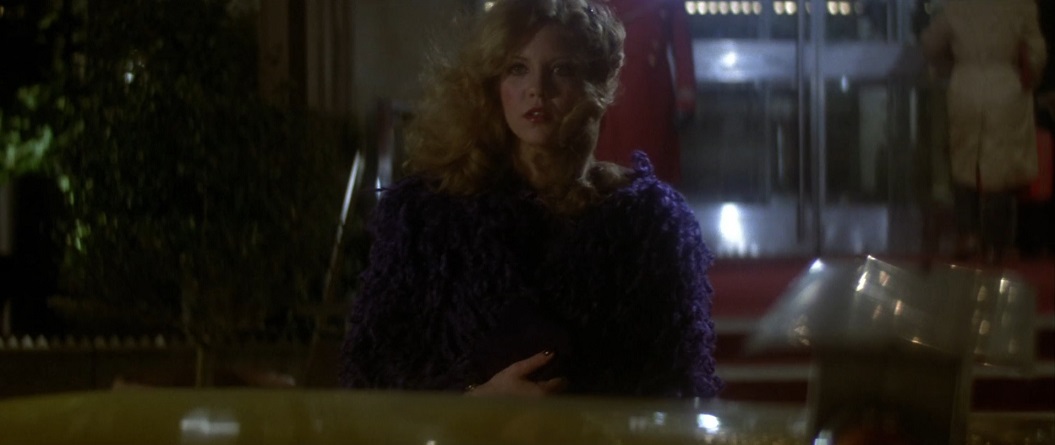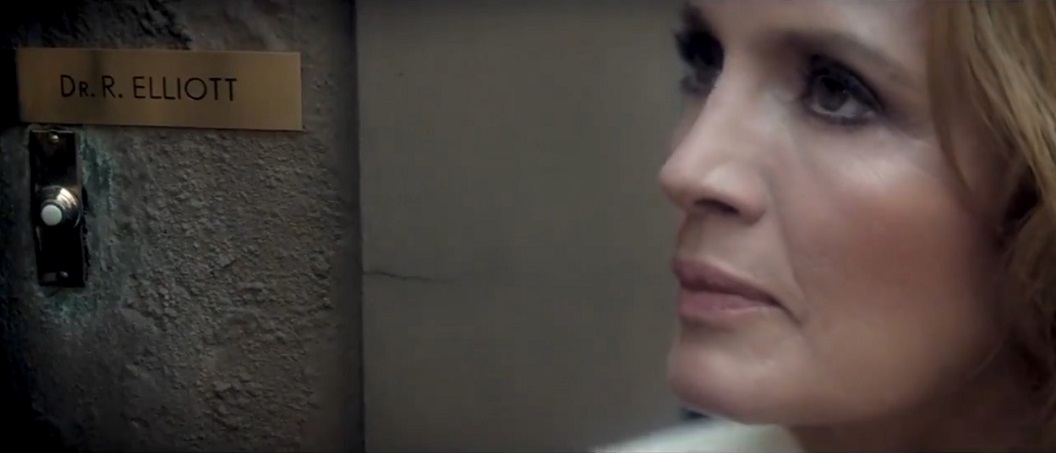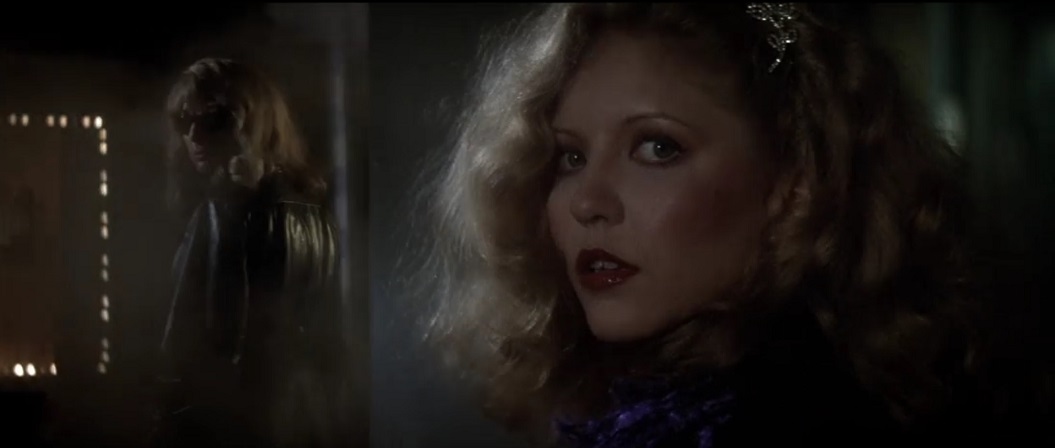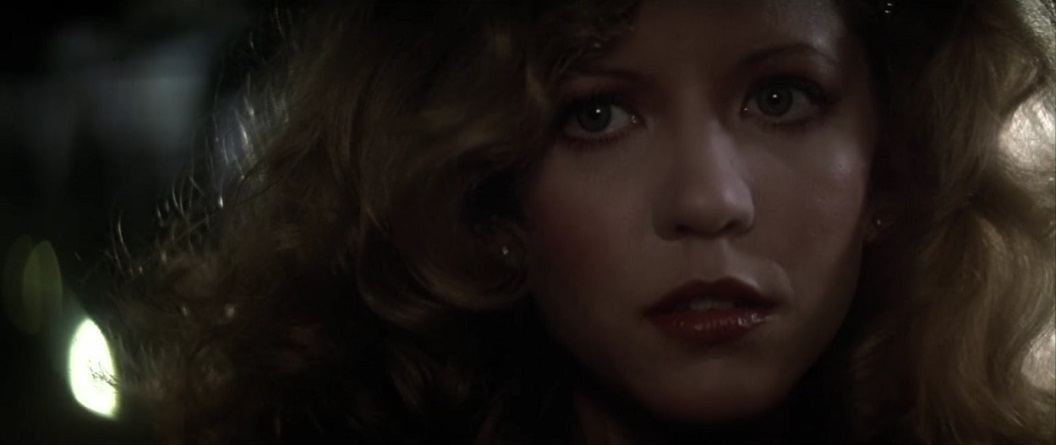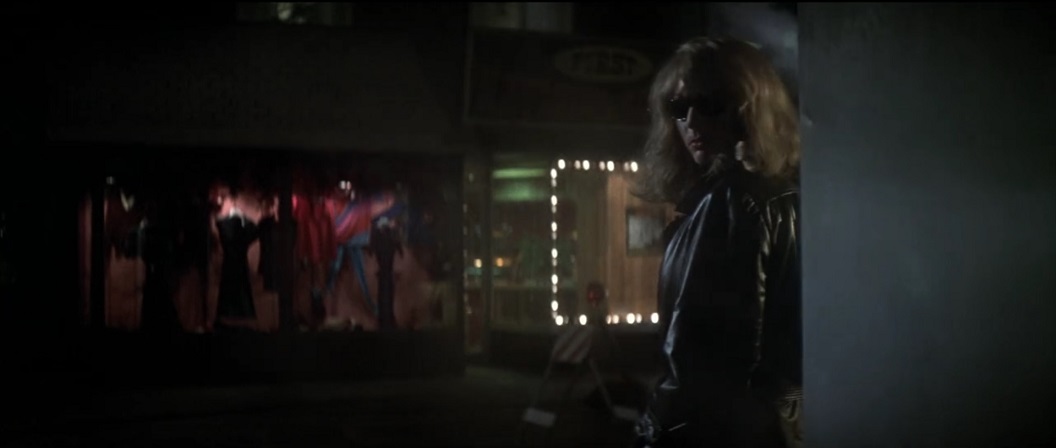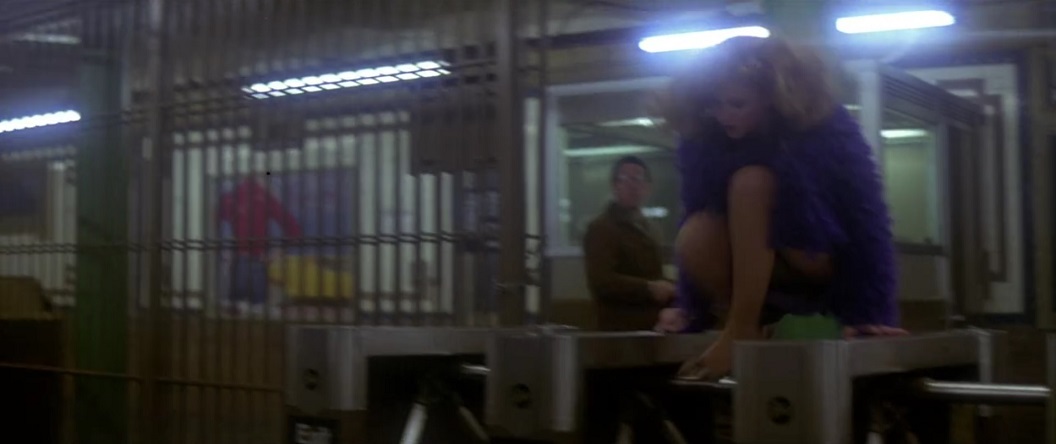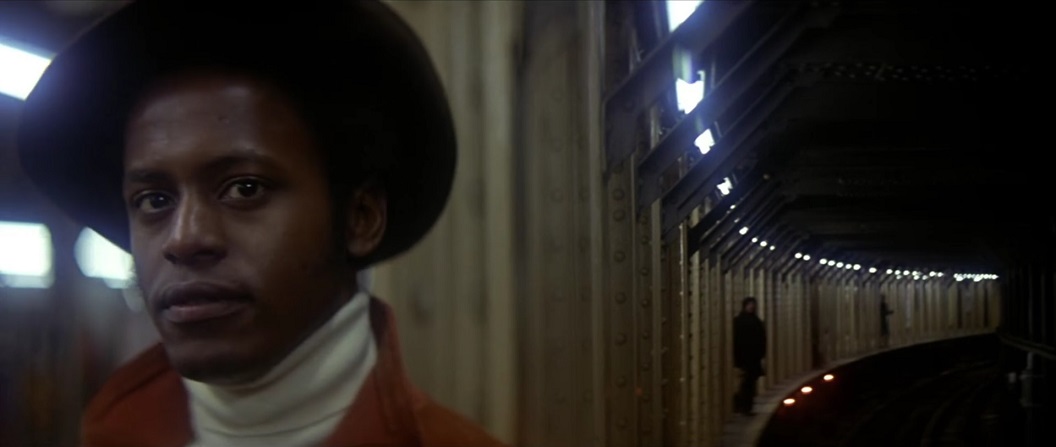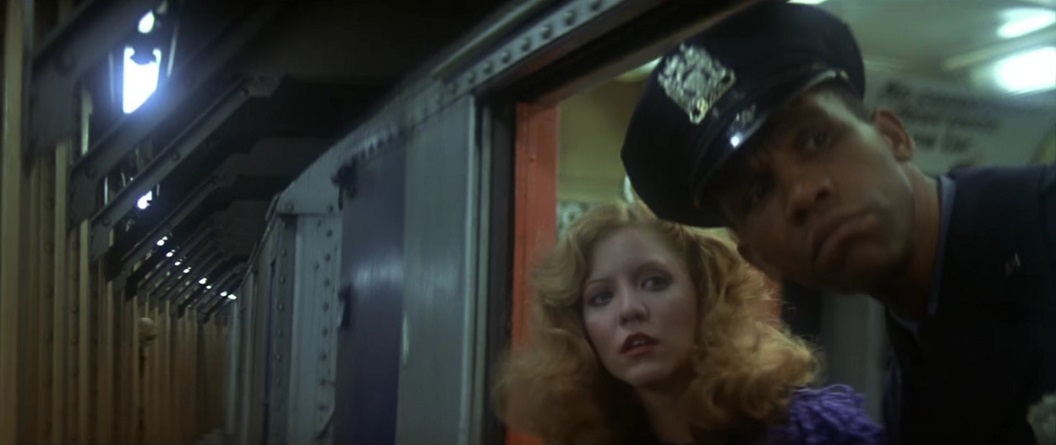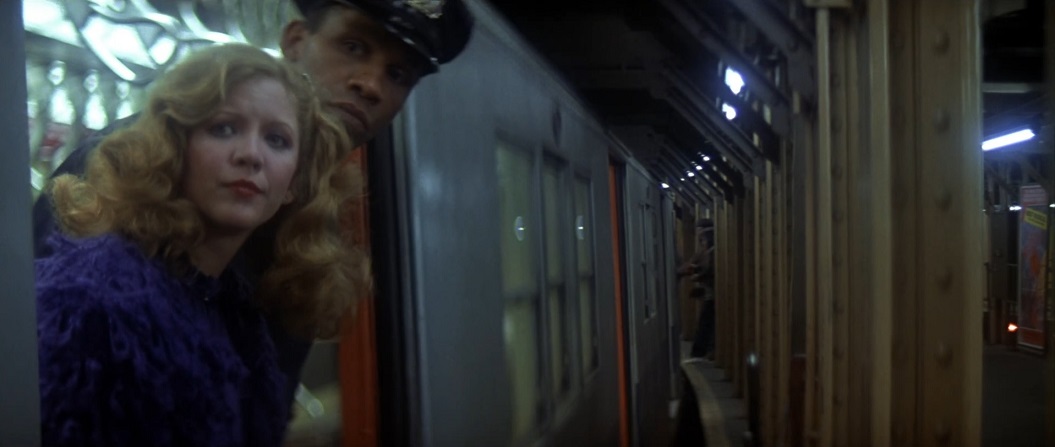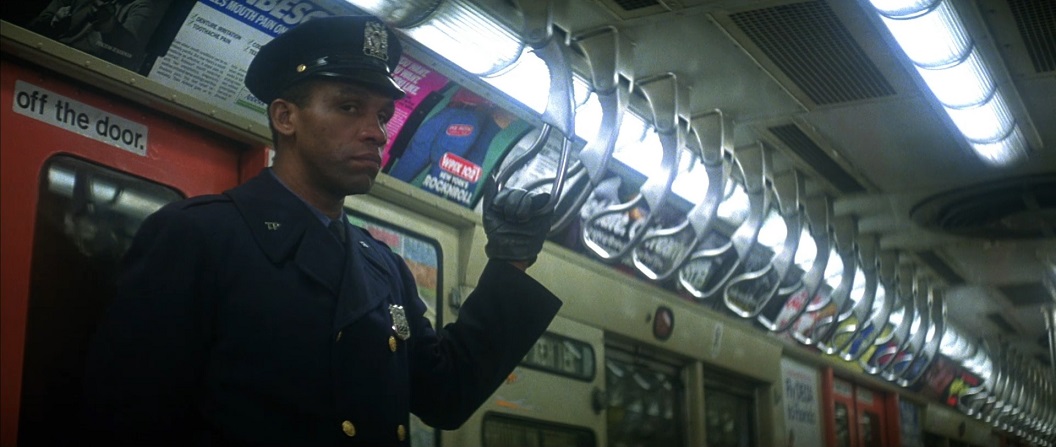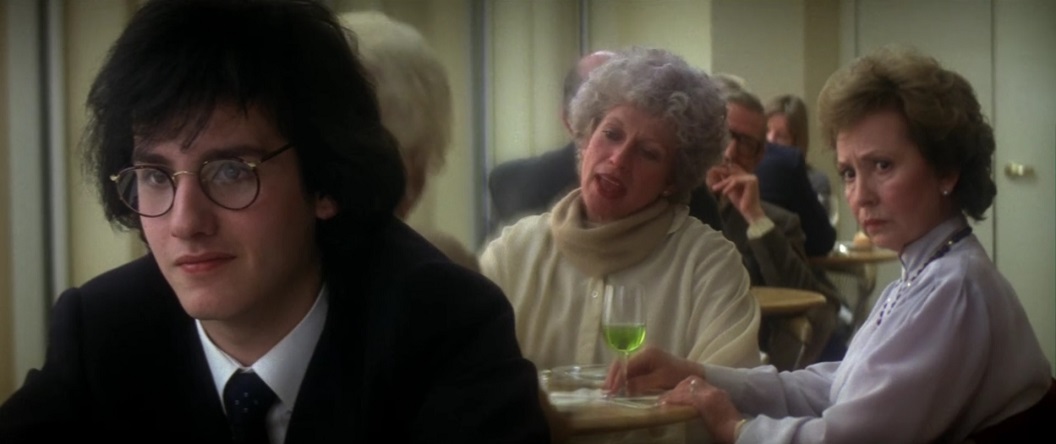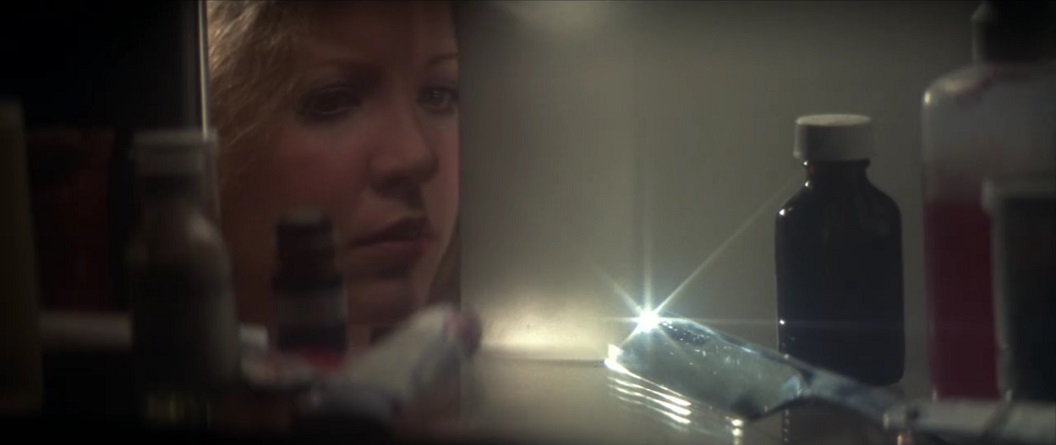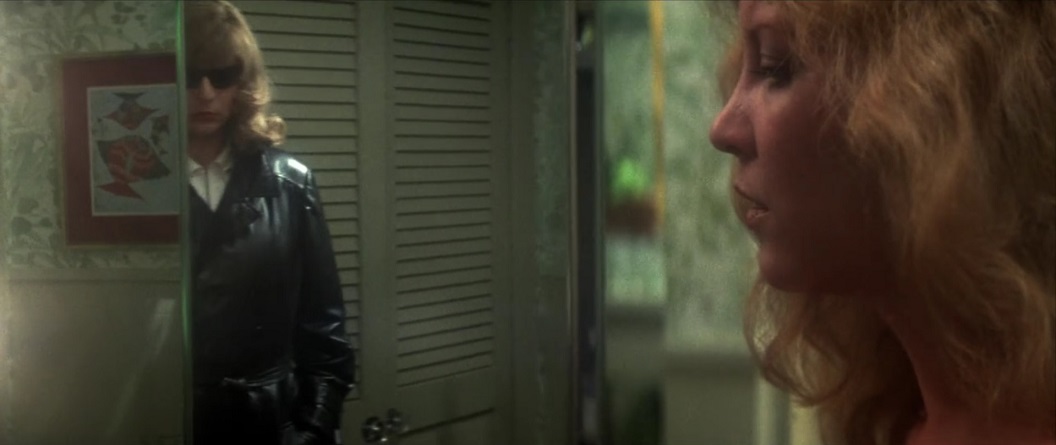REVIEWS FROM SUNDANCE SPECIFICALLY MENTION 'BODY DOUBLE' & 'CARRIE'
Hulu premiered the "teaser" today (see video above) for Justin Simien's new film, Bad Hair. According to Indiewire's Ryan Lattanzio, when Bad Hair premiered at Sundance this past January, Simien, who wrote and directed the film, said, "I follow my obsessions down the rabbit hole, and this one began with some conversations about, particularly a sub-genre of Korean horror films that deal with hair horror. I felt like there was a uniquely American story there. I’m obsessed with the ’70s and ’80s psychological thrillers, satirical mashups, Brian De Palma movies, Body Snatchers, Rosemary’s Baby, all those kind of movies."
Lattanzio's article continues:
Simien took from his favorite horror movies to tell a uniquely black story that he feels is missing from the horror genre. “I felt like I haven’t really seen anything that’s pulling from all those different traditions, but is also black, and is using those sort of cinematic techniques to interrogate and make us look at the absurdities of what black women specifically, but what all marginalized people go through,” he said.“It’s a movie about a killer weave — spoiler alert — but the weave itself burst onto the national scene in 1989, specifically through the popularity of Janet Jackson, the ‘Pleasure Principle’ video first but then ‘Rhythm Nation’ and all those amazing Ebony covers,” Simien said. “I thought it would be an interesting way to look at ourselves but through a fantasy kind of lens. It’s easier sometimes to digest some of this stuff if we can be in a dream world, and I felt like I could make a dream world out of 1989.”
“Let’s not forget music and fashion at that time in black culture was alive and thriving. It’s really when it became rich,” star Kelly Rowland said.
Sharing the trailer at Deadline today, Dino-Ray Ramos states, "The teaser reflects Simien’s affinity for ’80s and ’90s horror pics and gives off some serious Brian De Palma energy as it follows Anna Bludso (newcomer Elle Lorraine), who had a traumatic experience during her childhood when her scalp was burned from a mild relaxer perm. Fast-forward to her adult life in 1989, and she is working at a music video TV show called Culture, which is the epitome of hip hop and New Jack Swing style. Her life is turned upside down when her dreadlocked boss is replaced by Zora (Vanessa Williams), a vicious ex-supermodel who looks to switch things up. When she warns Anna about her natural hair, she goes out and gets a weave from a bougie yet mystical hairdresser (Laverne Cox). She looks good and starts excelling at work with her new hair, but after a while, it begins to have a bloody mind of its own — literally."
Ramos adds that Hulu will release the film on October 23, "with a to-be-determined theatrical date," so I guess the takeaway there is that it will be streaming on Hulu October 23rd, with a possible theatrical release beforehand.
Two reviews of Bad Hair from that Sundance premiere specifically mention De Palma's Body Double:
“Bad Hair” is shot on film in a way that captures the movie’s throwback look and allows Simien and his cinematographer Topher Osborn to play with color and lighting. The night scenes practically sparkle from blue moonlight, yet dark alleyways and overpasses look even more foreboding with less light. In some scenes, colorful neon signs and lighting fixtures heighten the intensity of the moment.There’s one particularly striking scene of two actors in mid-kiss backlit with a bright blue light, and carefully composed moments like this add to the film’s suspense – things can’t be this pretty all the time in a horror movie.
Costume designer Ceci also deserves a round of applause for recreating the vivid fashions from the start of her career in the late 80s and early 90s. The gamut of costumes range from professional office wear at the TV channel to casual clothes when visiting family to the fashionable excesses of performers and TV personalities. Many of Ceci’s ensembles also tell a nuanced story of cultural identity and class.
Simien dives into his love of horror movies and peppers references to some of his favorites throughout “Bad Hair.” For instance, there’s a split diopter shot as an homage to Brian De Palma’s “Body Double,” an axe that harkens back to Stanley Kubrick’s “The Shining” and many other allusions to such movies as “Carrie,” “Rosemary’s Baby” and “Invasion of the Body Snatchers.”
“Bad Hair” references itself often, repeating scenes and clues to the story in flashbacks, which can sometimes get in the way of its own momentum. The movie is front-loaded with exposition, but once the action gets going and the narrative pieces fall into place, “Bad Hair” is a creepy movie with thoughtful political twists and thrilling supernatural turns.
Eric Kohn, Indiewire
The plight of black women and their hair has birthed enough cinematic investigations to yield its own subgenre, from Chris Rock’s astute 2009 documentary “Good Hair” to the 2020 Oscar-nominated animated short “Hair Love.” These endearing cultural explorations are mere preludes to the exuberance of “Bad Hair,” a rambunctious, overindulgent comedy-horror excursion from “Dear White People” director Justin Simien. Equal parts vintage Brian De Palma thriller and race-centric corporate fashion satire in the spirit of “Putney Swope,” Simien’s ludicrous ’80s-spiced supernatural B-movie doesn’t know when to quit, much like the demonic weave at its center.With 2014’s “Dear White People,” Simien became one of the most exciting writer-director voices in black cinema, merging scathing and satiric observations with genuine insights into contemporary African American frustrations. “Bad Hair” turns the clock back to 1989, elaborating on the thorny issues surrounding black women in popular culture, and may as well be a prequel set in the same snarky universe. However, “Dear White People” managed a tricky balance between snark and genuine social commentary, but even the most acrobatic screenwriting can’t bear the weight of everything Simien tosses into “Bad Hair.” Working overtime to wring substantial insight from a deranged premise about a killer hairstyle with a thirst for blood, the movie’s alternately trying too hard and not hard enough.
At least it’s a substantial mess: “Bad Hair” opens with a James Baldwin quote, digs into the contradictions of the nascent music video industry, and bemoans the sexism of late-’80s workplace — all before tackling the specter of slavery that frames the entire premise. At the same time, it’s a riotous genre pastiche filled with shrieking music cues, canted angles, and shadowy encounters galore. Simien crams the wild psychological thrills of “Body Double” into the framework for wry anti-capitalist humor, and that’s appealing enough in fits at starts. At 115 minutes, however, “Bad Hair” struggles to make its disparate elements click; there’s just enough potential strewn throughout to make it clear the movie could have benefited from a shearing of its own.




